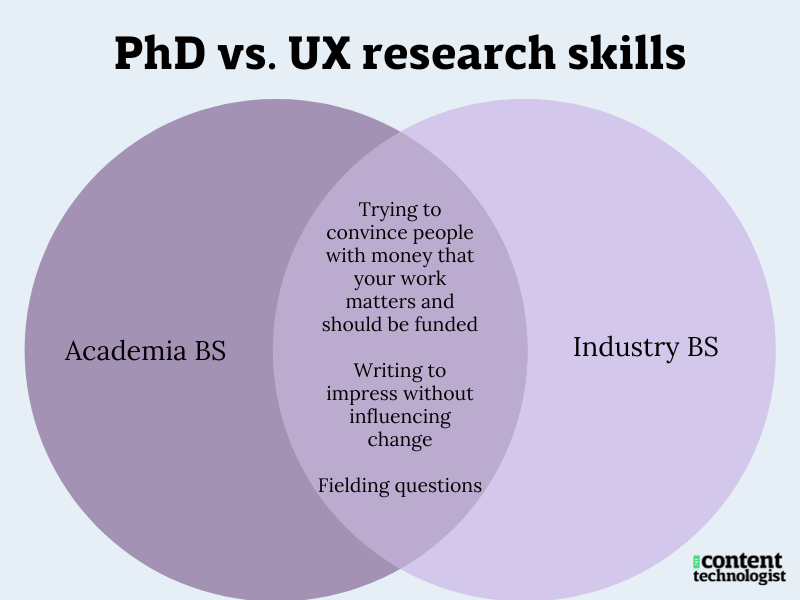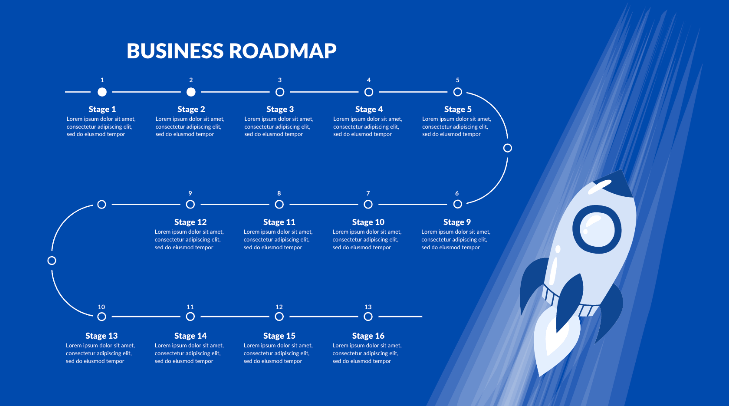This essay originally was published on May 11, 2023, with the email subject line "CT No. 167: The greatest content kickoff ever planned."
Ah, the fresh start of a new project. There’s nothing quite like it. Whether it’s a new assignment, creating a new product, or even an effort to improve an existing system, there’s a sense that you can carve a clear path and start something great.
To quote Plato, “The beginning is the most important part of the work.” So you’ll want to get all the right people, pieces and tools in place from the very beginning to build a strong foundation. When you have all this in place, it’s time for the Project Kickoff Meeting!
As a freelancer and consultant, I’ve both led and participated in numerous kickoff meetings. Some were a bit of an info dump (hint: not helpful) while others really helped shape the project so we could stay on deadline and on budget. A successful kickoff meeting leaves every participant with a clear understanding of what the team is working to accomplish, as well as their individual role and expectations within the scope of that project.
Excellent and intentional planning sets the tone
For a kickoff — and really the project as a whole — to be successful, you’ll have to do a little groundwork first so that you can be sure you have all the necessary stakeholders and doers in the room (virtual or otherwise) and align on leadership, roadmap, and deliverables. With a strong kickoff, you ensure your team remains on task and on target.
Without the kickoff meeting (or with a poorly structured one) teams can get misaligned or totally confused. Even well-planned meetings with all the key players involved can fail when goals and expectations aren't clear. This lack of clarity will inevitably trickle into the work, slowing deadlines or lowering the quality of the final product.
Early in my career I was hired as a freelancer for a project where the kickoff meeting was a 15-minute quick overview. The facilitator didn't check in with everyone on the call to ensure we not only understood the objective but had the necessary skills assembled to complete the project. Needless to say, there were many bumps on that road; we ended up starting over two more times before we could complete the project. All of this would have been mitigated with proper planning.
Investigate the opportunity
Like so much of the work we writers and content specialists do, a period of research needs to take place before you can get to work.
Whether you’re working with a client or your internal team, the project really begins when someone (possibly you) recognizes there is a problem or opportunity that needs a solution. Assuming you didn't have this grand epiphany, you’ll have to start with pre-kickoff stakeholder meetings to gather all the necessary information in the days or weeks that you have before the whole team comes together.
These stakeholder interviews should help you gain insight into:
- The problem and why it matters
- The proposed solution and how it is important
- How you will measure success?
- What are the hurdles and blockers?
As you do this investigative work, you’ll want to collect as many available assets as possible. This includes an inventory of existing documentation or sites, known competitors, and key contacts.
I’ve often found that once you've interviewed your key stakeholders, you’ll get a roster of other individuals whose insights are incredibly valuable to the overall project. Getting time on their calendars will help you uncover as much information as possible in this investigative stage.
Assemble the nuts and bolts
Let’s talk logistics. Before everyone gets to work you will want to ask and answer the following questions:
- Where are we storing project artifacts?
- What is the workflow for the project deliverables, and how are we tracking it?
- What regular meetings must take place, and who must attend?
- How is the team staying in regular communication between meetings?
- What is the timeline and how are you tracking it?
- What tools are you using for the deliverables?
- How are you planning to record and store or distribute meeting notes?
These high-level questions can have a lot of nuance depending on the team and size of the project. For instance, designers and writers need edit access to a design tool like Figma, but stakeholders and reviewers may only need view-only access to add comments. If you expect to keep numerous versions of assets or numerous files, your file naming structure should be defined.
I’ve been on a few projects that go off the rails from the beginning without proper logistics in place. When tools are not acquired and licensed by the time of the project kick off, your team can’t do the work and you start immediately off schedule. This is where a true Project Manager is great to have, but not all projects can afford an individual to act in this role. When the task falls to you, it's essential to make sure you have everything you need to align the team on workflow and process. Be sure to visualize these details and include links within your Kickoff Deck.

Set the time, place, and agenda
We all experience meeting overload, so honor the awareness that everyone’s time is valuable. This is critical both for the Kickoff Meeting and for the meeting cadence you set up to support the project. Make sure you have your full list of key players who must attend and make sure you have a time and place (either virtually or in person) that works for each of these individuals.
Remember the 3 rules of running a meeting: Set an agenda, start on time, end on time. Distribute the agenda a day or so in advance. This really helps set the tone for the meeting by getting everyone on the same page.
Your agenda should be high-level, and include any external resources or links the team will need (for example the repository for all gathered assets), as well as a link to the Kickoff Deck.
The agenda should include:
- Team introductions
- The problem you are solving — AKA: why we are all here
- Definition of success based on your previous research and stakeholder interviews
- Roles and responsibilities
- Rules of engagement: review the ways the team will work and identify how the team is tracking the project
- Timeline & meeting cadence
- Activities
- Action items
Time to kick things off!
You’ve done the research, prepared a comprehensive Kickoff Deck with necessary appendices and file references so that the meeting can run as a well-structured conversation. You have your 30–60 minute meeting carved on everyone’s calendars and your team is assembled. Now you’re ready to get everyone on the same page.
- Set the stage: Begin with a 5- to 10-minute intro. The intro is important because it is a chance to break the ice and give everyone a chance to speak up and speak from their area of expertise (AKA: what are they bringing to the table). It’s possible everyone already knows one another, but if there is any chance this is a first-meeting, that helps put that important name-to-face recognition for each of the major players.
Don’t rush this intro section — here is where you can begin to uncover each person’s capabilities. With the multidisciplinary nature of design and development projects, there is a lot of overlap in terminology, but not necessarily in definition. So this is a great time to understand what everyone’s title actually means and to define what they'll do. - Align on purpose: This can take about 10–15 minutes. Alignment at this stage is all about “Why this project” and “why now.” Everyone in this meeting will play an essential role in this project, so it's key to gain alignment on the purpose, the importance, and the path you will take as a team. "One of the biggest mistakes we make is assuming that other people think the way we think," says author Daniel Pink who writes and creates at the interaction of work and psychology. So a successful kickoff will build consensus and validate ideas.
- Define scope and scope creep. Plan on 10–15 minutes. Define your guardrails for this project. In other words, clearly establish that your team is here to do X project or X phase of the project. Doing anything else is essentially another project for another day. If this is a phased approach, identify the next phase in the roadmap and how this phase is distinctly different from your current objective with clear start and end dates.
- Establish your ways of working: Teamwork makes the dream work. Spend time (about 10 minutes) discussing how the team will work together, the workflow tools you'll use, and go over responsibilities. This is a good time to show a RACI (Responsible, Accountable, Consulted, Informed) matrix in your Kickoff Deck.
- Close with marching orders. Spend the last few minutes aligning on timelines, schedules, check-ins and milestones. Another important point to raise is to be sure to get everyone’s planned PTO at this stage! Because your Kickoff Deck will remain as a meeting artifact, the entire team will have access to the expected roadmap and timelines. So use this time to validate the timeline as doable and identify any shifts that have to occur if members of the team have blockers.
Close the meeting on time and with action items for everyone. Even if it is just for them to validate that they have access to all files and accounts necessary. - Finally, follow up: Just as important as the meeting is documenting that it happened and the handshake agreement that came from it. If any changes to the deliverables or timeline were discussed, make sure these are folded into the final project plan. Within 24 hours, meeting notes should be available to all attendees and saved in a shared space.
Setting up new projects for success
The kickoff is a distinct meeting designed to align a team on a single purpose and plan. It’s useful for any project of any size. In fact, each phase of work could have its own kickoff, with distinct timelines, deliverables, and leaders. This is how you can ensure your project stays within the defined scope of work. Mini kickoffs can take place if the team grows.
The size of the project will dictate the length of the meeting (ideally 30–60 minutes), the number of people who need to be involved, and the tools you'll need to use. Typically the kickoff itself isn’t a whiteboard-style meeting but more one designed to focus on a central purpose. However, depending on your communication preferences, you can use a slide deck or a more interactive tool like Miro to run the meeting.
The communication and alignment that happens within a well-structured kickoff means you don’t have to spend the first few days or weeks in “the churn” of clearing up the important details, which can potentially derail your timelines. In fact, a well-structured kickoff is a great team-builder, and an opportunity to create cohesion in the final product.
A successful kickoff will help your team or project hit the ground running. In other words, everyone involved will have a shared understanding of what success looks like and how you'll get there together. Each team member will understand their role and come away from the meeting with enthusiasm for their role in the work ahead.
Lindsay Li is a content strategist and UX writer who specializes in brand voice and storytelling. She's worked with small businesses, startups, and Fortune 500 companies to help define their narratives and build engaging consumer experiences.
Hand-picked related content








